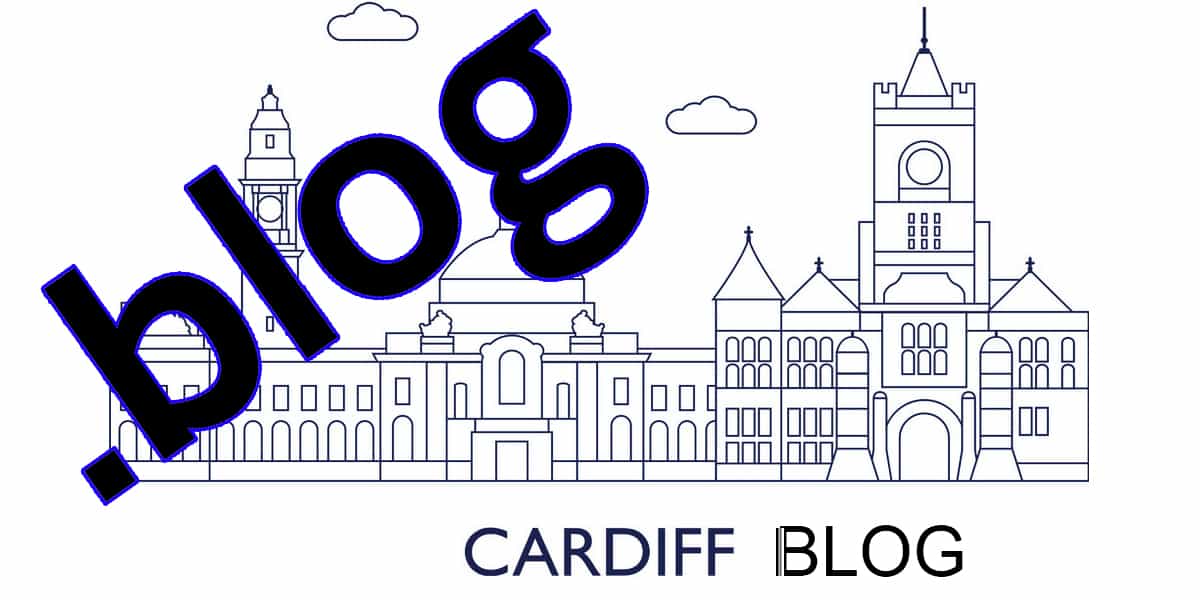Brand Development 2025
Brand Development Introduction
Brand Development in 2025 plays a vital role in defining how companies connect with their audiences and maintain a competitive advantage. In an era where consumers expect authenticity, personalization, and purpose, a strong brand must go beyond visuals and slogans. Effective brand development builds identity, trust, and emotional connections through strategy, storytelling, and innovation. Businesses that invest in developing their brand strengthen recognition, loyalty, and overall market positioning in an increasingly dynamic and digital world.
All about Brand Development
Brand development is the continuous process of creating, strengthening, and refining a company’s image and reputation. It includes defining core values, mission statements, voice, visual identity, and customer experience. In 2025, brand development goes hand in hand with technology and sustainability, with businesses embracing transparency, inclusivity, and data-driven insights. A well-developed brand not only communicates effectively but also adapts to emerging trends, consumer behaviors, and global demands, ensuring relevance and resilience in competitive markets.
Defining Brand Identity
Brand identity forms the foundation of any successful brand. It includes the visual and verbal elements that shape how a company is perceived—such as logo design, color palette, tone of voice, and overall messaging. In 2025, businesses focus on creating cohesive and flexible brand systems designed for both physical and digital platforms. Consistency across websites, packaging, and social media is essential, but brands also need adaptability to fit evolving audiences and cultural trends. A strong identity reflects authenticity and purpose, making it memorable and meaningful.
Storytelling and Emotional Connection
Storytelling continues to be a cornerstone of brand development. Consumers are drawn to brands that tell stories reflecting shared values and real human experiences. In 2025, emotional branding takes center stage—where brands create connections through honesty and relatability rather than polished marketing language. Multimedia narratives, authentic social campaigns, and user-generated content are powerful tools for building trust and loyalty. The goal is to transition from selling products to fostering relationships rooted in genuine value and long-term engagement.
Digital Transformation in Branding
The digital era has revolutionized brand development strategies. From artificial intelligence to augmented reality and data-driven marketing, technology allows companies to create interactive and personalized brand experiences. In 2025, digital branding involves adaptive websites, immersive online shopping, and AI-powered customer support that aligns with the brand’s personality. Social media platforms play a central role in shaping brand positioning, engagement, and community building. With data as a strategic asset, brands can anticipate customer needs and refine experiences that strengthen emotional resonance.
Brand Consistency and Reputation Management
Maintaining consistency across all customer touchpoints is crucial for long-term brand success. Inconsistent messaging and design can dilute credibility and decrease trust. In 2025, businesses leverage automation and brand management systems to ensure uniformity in campaigns, content, and communications. Equally important is proactive reputation management—monitoring online sentiment, responding to feedback, and addressing concerns transparently. A consistent, positive brand presence across platforms reinforces reliability and fosters lasting customer loyalty.
Personalization and Customer-Centric Strategies
Consumers in 2025 expect brands to understand and respond to their individual preferences. Personalized marketing and customer-centric strategies drive deeper engagement and satisfaction. AI-driven analytics and data segmentation help brands deliver tailored content, recommendations, and experiences. Building a brand around customer insights ensures that strategies remain relevant and aligned with real-world needs. By placing the customer at the center of brand development, organizations enhance trust, advocacy, and retention.
Sustainability and Purpose-Driven Branding
Modern consumers are increasingly drawn to brands that stand for more than profit. Sustainability, ethical practices, and social responsibility have become integral to brand positioning. In 2025, companies weave purpose-driven initiatives into their brand DNA—supporting environmental efforts, diversity, and social impact. Transparent communication of these commitments fosters credibility and sets forward-thinking brands apart. Purpose and profit no longer compete; they coexist as key drivers of meaningful brand development.
Brand Development Summary
Brand Development 2025 focuses on building authenticity, adaptability, and meaningful relationships. Through storytelling, innovation, and strategic communication, successful brands connect emotionally while delivering value. A strong brand evolves with consumer expectations, maintaining trust and relevance in a constantly changing landscape. Businesses that prioritize digital integration, personalization, and ethical responsibility will stand out as leaders in their industries. Ultimately, effective brand development is not just about recognition—it’s about creating long-lasting impressions that inspire loyalty and growth.
